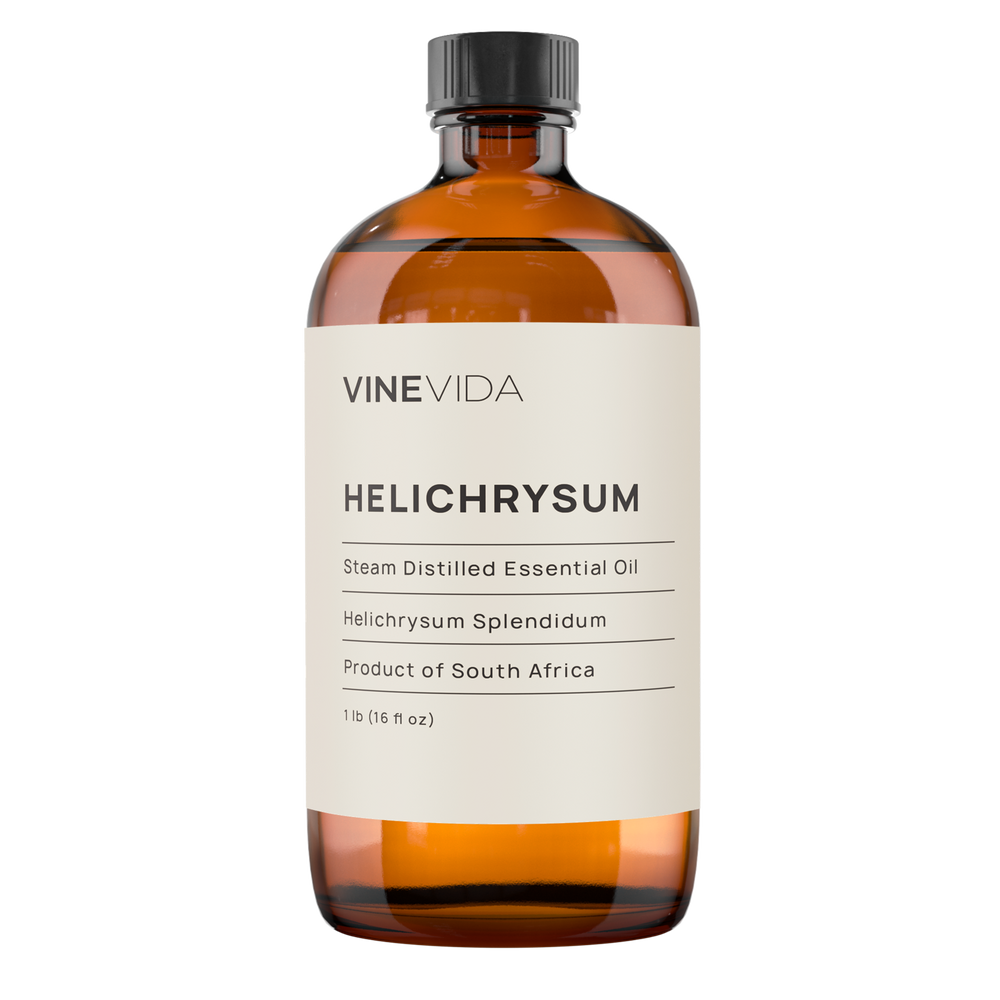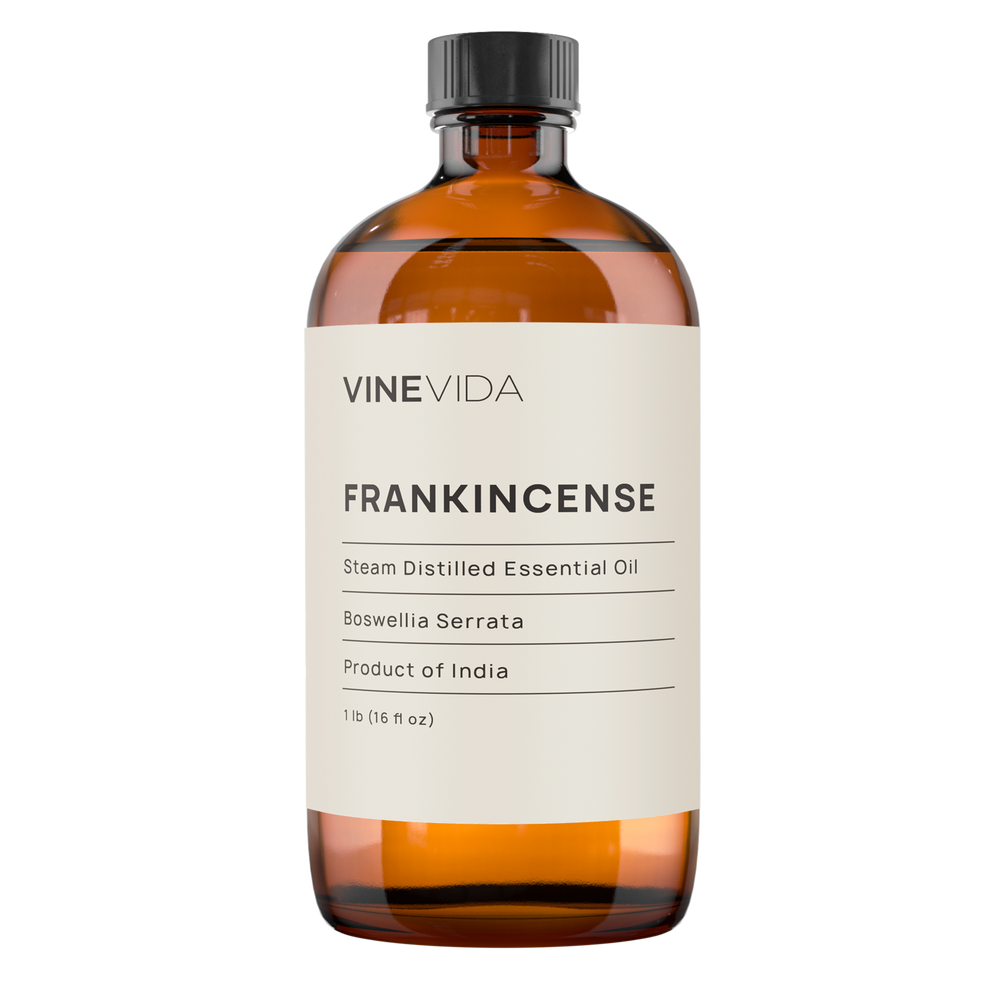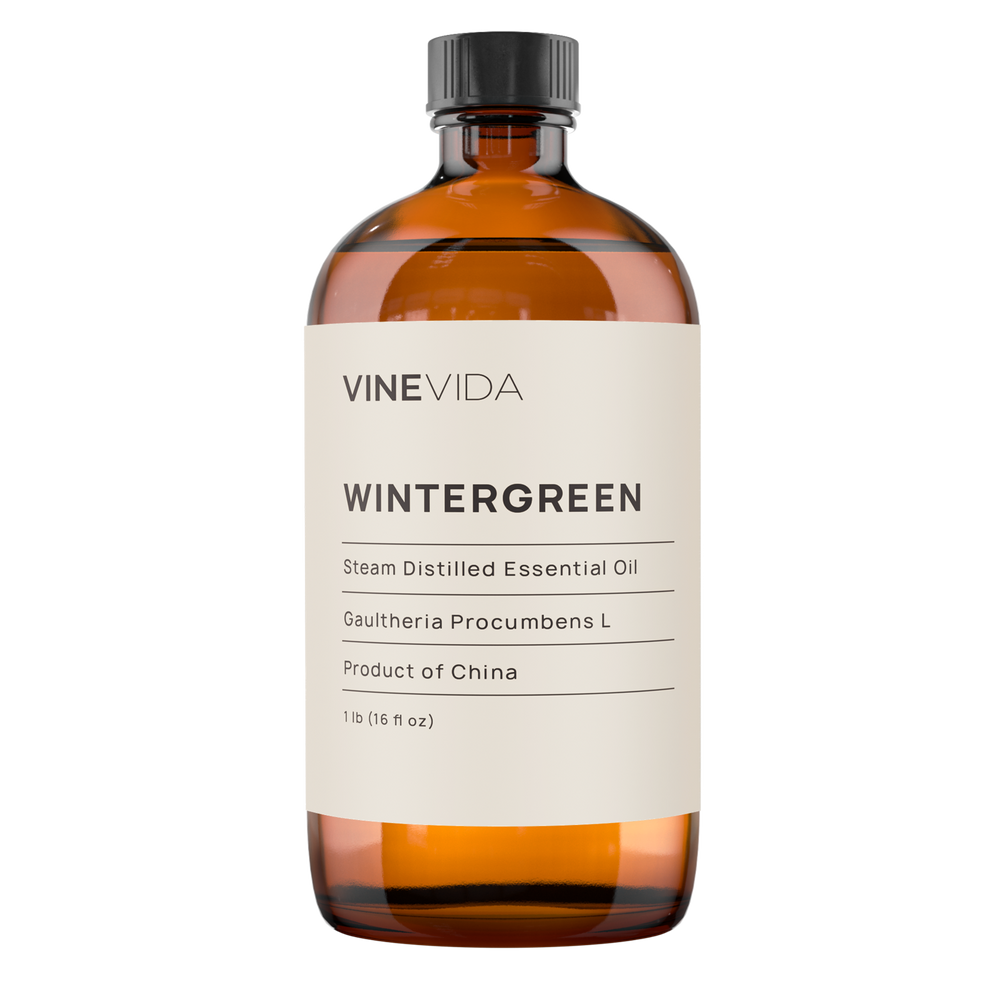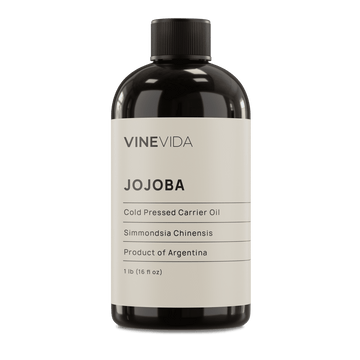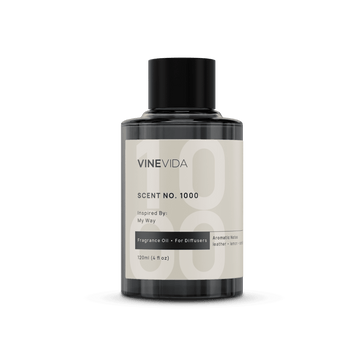In the US, 23% of adults suffer from arthritis. In total, that’s around 54 million people. It is a major cause of disability because of pain and a massive drain on public resources. The annual global budget for chronic pain is bigger than that of coronary heart disease, strokes diabetes, and cancer combined. Living in pain has dreadful implications for people. They are often depressed, can lose their sex lives, even their jobs, and their homes.
Opioid addiction is also far higher in pain sufferers since receptors in the body eventually change their signaling to make you crave them. The nervous system creates pain sensations as a means of fueling the addiction. Aromatherapy can be an enormous help for the pain of arthritis, the swelling and inflammation, and an arthritis sufferer’s general wellbeing. So in this post, we look at the best essential oils for arthritis.
Why Isn’t The Doctor Prescribing The Best Essential Oils For Arthritis?
The problem is though, doctors will tell you themselves that they don’t really have good answers to pain. Eventually, it’s likely they will ask you to look at your lifestyle and your stress levels. That can seem like a massive fob off because, on the surface level, how can that be true? Arthritis is characterized by inflammation. How can that be connected to stress?
In this article, we are going to switch things up a bit. Rather than thinking about the things science knows about arthritis and then suggesting you sniff a particular oil, we’ll do the opposite. We’ll use the best essential oils for arthritis as drivers to look at different aspects of how aromatherapy can help this painful condition. There are several different types of arthritis. Your “average, every day”, extremely painful arthritis, osteoarthritis, and rheumatoid arthritis which are all different to each other with their own problems, but we’ll address each one in turn.
Arthritis is a complex condition, but hopefully, we can show you some useful ways to use the best essential oils for arthritis too.
10 Best Essential Oils For Arthritis
1. Lavender Essential Oil
When someone asks what essential oil is good for arthritis, we always feel a bit daft saying lavender. They always look a little disappointed, as if they had expected something mysterious or exotic. But the truth is lavender is not only one of the best essential oils for arthritis, it is wonderful for anything that hurts. The main aspect of arthritis is in the clue of its name. Anything ending in -itis means inflammation. In this case, it means inflammation of the joints. Many people will think of how their grandparents had arthritis in their hands. Those terrifically gnarly joints that look like claws.
If you take a look at your own hands a moment and flex your fingers, you will see how they should almost rotate in the joint. Each ball joint sits on a cushioned membrane of synovial fluid that should lubricate and protect the joint. In arthritic conditions) that cushioning breaks down, so the ends of the bones become inflamed. Uric acid builds up around the joint, crystalizes, and locks.
Lavender tackles the inflammation and the pain It contains linalool which has analgesic properties as well as linalyl acetate which is also very soothing and uplifting.
So easy to use. It can be safely used in the bath, in ointments, creams, and lotions. It’s also fantastic for massage.
We are not going to focus massively on pain-killing oils in this article, so if you want to go deeper into that please also visit our post on the best essential oils for back pain.
Whilst it is unlikely we would often see anyone with arthritis being young enough to be pregnant, it’s certainly not without the realms of possibility. For safety, then do not use lavender essential oil in the first 16 weeks of pregnancy.
2. Juniper Essential Oil
As noted, “arthritis” means ‘inflammation in the joints’. Juniper is how we address the actual inflammatory problem. Together Lavender and Juniper are the best essential oils for arthritis. They should be used in tandem. While lavender is analgesic, Juniper is tremendous for cleaning the joints. It has a cleansing action generally, however it has direct action on uric acid, which accumulates in the joints causing them to swell and be creaky. Lavender and juniper are the essential oils for arthritis in hands, knees, and hips especially.
If you take nothing else from this article, know that if you have any of the arthritic conditions you need to use lavender and juniper essential oils in equal amounts. Ideally, you will make a cream that you will use five times a day for three weeks, to build up these best essential oils for arthritis. Then drop down to just using it in the morning and evening to regularly dose the system. The cream is also useful to use on very difficult days.
Safety Do not use Juniper essential oil during pregnancy or if you have a kidney condition because it has powerful diuretic properties.
3. Roman Chamomile Essential Oil
We are big believers in switching things up, especially because if you put too much lavender in the bath, you will end up with dry skin. Lavender instructs the sebum glands to stop making the oily substance that protects and nourishes the skin. You already have creaky joints, the last thing you need now is brittle skin too.
That’s not to sell roman chamomile down though. The reason it makes its ways onto the best essential oils for arthritis is it is the best anti-inflammatory oil. Lavender and chamomile are great pain-killing essential oils for arthritis in fingers especially.
It is pain-killing, helps you sleep, relaxes you, settles tummy upsets, and soothes the skin. Most of all though, it is calming. Roman Chamomile is Heaven-sent for pain conditions.
Safety: Roman Chamomile is easy and safe to use, but should be avoided in the first 16 weeks of pregnancy.
4. Copaiba Essential Oil
For a deeper understanding of why copaiba essential oil ranks so highly on our list of the best essential oils for arthritis, please visit our product listing.
Late in the 1990s, scientists discovered a previously unknown second endocrine system. In fact, the endocannabinoid system is our primary endocrine system. Its job is to act as a volume switch for neurotransmission. Put simply, neurotransmitters are chemical messengers. The endocannabinoid system says, “Yes please. Send more of that.” or No thanks, we have enough of that chemical now.”
It mainly operates through two types of receptors which are found on cells. Copaiba is rich in a chemical called beta-caryophyllene which acts upon the CB2 receptor.
The CB2 receptor’s job is to modulate immunity inflammation and pain.
Scientifically speaking, copaiba has a weak binding affinity to the CB2 receptor. That means it has some action, but it’s not tremendously powerful. However, there are limited choices of other agents that can do the same, apart from Cannabidiol (CBD) and other extracts from cannabis. Therefore, it is a useful thing to be able to use, and indeed some of the other best essential oils for arthritis are also famously useful for this interaction.
Copaiba is one of the essential oils for rheumatoid arthritis which can be triggered by a virus. Osteo-arthritis also responds well as, theoretically, the body should stop over responding to wounds.
5. Black Pepper Essential Oil
Like copaiba, black pepper is one of the best essential oils for arthritis because of its high volume of beta-caryophyllene. Although, it does not have as much as copaiba. Moreover, black pepper is wonderful for joints that are cold and creaky. Both rheumatism and arthritis feel far more painful in the winter because the cold activates pain receptors. Black pepper puts warms back into the joints. It is rubefacient, which means it draws better blood circulation to the area too.
There is a lovely emotional component to black pepper too. It is very useful for people who don’t take enough care of themselves because they are too busy thinking about everyone else. Consider, for example, how worrying or getting angry can make you clench your fists. Shoulders and buttocks get very tight too, which puts extra strain on the joints. Black pepper reminds you that you deserve some cosseting time too.
Safety: We wouldn’t advise using black pepper essential oil in the bath though. It is irritating to the mucus membranes so keep it for adding to massage oils, creams, and lotions. Again, we do not advise using black pepper essential oil in the first 16 weeks of pregnancy.
6. Ginger Essential Oil
Like black pepper essential oil, ginger is really useful for when the cold gets in your joints. It has a very strange action on speed. Everything gets faster when you use ginger essential oil. Your digestion and metabolism are fierce. Your thinking is sharper and faster. Your temper is quicker too, so be warned about that too. You get very hot with ginger oil, so it is only one of the best essential oils for arthritis if you are not going through the change. If you are menopausal, do not go there. You will be like a walking furnace!
It is also a great oil to choose if your painkilling meds are making it hard to go to the toilet. If that is the case though, perhaps speak with your physician. You may find your body is tricking you into taking more than you should.
Safety: Ginger has the usual warning of not using in those first 16 weeks of pregnancy, but also be aware of what else is going on in your body. If your bowels are already loose, the bottom may fall out of your world! Whatever there is, ginger will ramp it up.
7. Helichrysum Essential Oil
Again, another oil that has beta-caryophyllene, but helichrysum is a powerhouse for any condition where you feel well. It is fortifying to every system in the body.
It’s a great oil to add to the bath, although, since the botanical is also called “Curry Plant you might want to add something like lavender or geranium to make it smell a bit nicer.
It’s a tremendous oil to have in massage oils, creams, and lotions.
Safety: Again, do not use it in the first 16 weeks of pregnancy. Helichrysum also has a blood-thinning action. Use with care if you take blood-thinning meds or have a platelet disorder. Do not use helichrysum in the 48 hours before scheduled major surgery.
8. Frankincense Essential Oil
Strictly speaking, frankincense doesn’t do a great deal to the arthritis itself, but is wonderful for tendons. It restores the elasticity to tissues so any problem where there is stiffness and pain, frankincense is a great choice.
Perhaps more importantly though, like lavender and chamomile, it is wonderful for stress.
I know. You didn’t want me to go there, did you? But just hear me out for a second...
Research shows that the body can set up a pain paradigm. That means it will feel pain even if there isn’t a reason for it.
Oddly, if you look at MRI scans of people’s joints and compare levels of damage, it is not necessarily the ones with the worst damage who are in the most pain. There is no correlation between how damaged the joints are and who suffers most. Doctors think that their emotional situation may have something to do with their bodies becoming hypersensitized.
Frankincense is one of the Best Essential Oils For Arthritis That is Hypersensitized
Remember how I said arthritis is made worse by the cold?
Well, that could be because the temperature sensors in our bodies also register pain. The nerves that run from these sensors to the brain are made up of three different types of fibers. Each has a different amount of insulation around them. So, consider if you burn your hand, you snatch your hand away fast. That’s because the nerve fibers are well insulated, so the message reaches the brain faster than Usain Bolt. Then, your brain registers you’ve been burnt. Finally, after the event, the brain sends signals to tell you to be careful of it so it has a chance to heal. These C Fibers have a specific sensation. They feel like a dull, throbbing ache. This message took a long time to register because they have very little insulation.
In most cases, eventually, your hand would heal and the c fibers would stop transmitting. Obviously, though, that doesn’t always happen, and they forget to switch off.
Scientists have found there are two things that govern that. Enkephalins, which are natural painkilling chemicals that live in our brain stems and spinal cords, and GABA. GABA is our natural calming neurotransmitter.
If there is not enough GABA or enkephalins at the synapse (the junction where nerves communicate) the C Fibers will continue to transmit pain.
Reducing stress allows GABA levels to rise. Theoretically, that should reduce pain.
Frankincense slows the breath, releases pressure on the tendons, and makes us breathe more slowly. All great for reducing stress. As ever, like any essential oil, we do not recommend using frankincense in the first 16 weeks of pregnancy.
9. Wintergreen Essential Oil
Thirty years ago, wintergreen was on the aromatherapist’s hazardous list. However, the safety data was then re-addressed, making it a more commonly use oil. It is almost entirely comprised of a constituent called salicylic acid, which is thirty times as strong as aspirin. Salicylic acid has powerful pain-killing actions, however, like aspirin, it thins the blood. One of the reasons it was classed as hazardous is because it is very easy to overdose on it since it is hidden in so many products. You can easily accumulate a few doses with liniments and even toothpaste where it is often hidden.
Strangely, people who have ADHD and ADD are often also intolerant to methyl salicylate, so do not use this oil if that might describe you.
According to Tisserand and Young 2013, the maximum dilution of wintergreen essential oil would be 2.4%. (That’s two drops in a teaspoon of carrier oil).
Do not use this oil if you have a blood clotting disorder, are taking anticoagulant medications, or before a scheduled surgery.
It is not safe in pregnancy or while breastfeeding.
10. Geranium Essential Oil
By now, the reasons for using stress-reducing essential oils should be clear. Geranium is generally relaxing as well as being hormonal. Researchers suggest there may be a link between oxytocin and Arthritis, however, it is so far poorly studied.
There is a great deal of research into the effects of inhaling essential oils and the effects on oxytocin. This is because it has been proven that women develop osteoporosis more after they have gone through menopause because they have less oxytocin. Researchers are working to build the case that, since essential oils improve levels of oxytocin, inhaling them might protect bone density. Based on that, we can see why the research is now beginning to cross over into arthritis.
Research shows that post-menopausal women who inhaled an essential oil, for just five minutes a day, had better serum oxytocin levels.
But the effects are more wide-reaching than that, aren’t they? Reduce the stress, and arthritis should improve, but life improves generally. And that is why geranium is one of the best essential oils for anything, but particularly if you want to get a hold of stress.
DIY Essential Oils for Arthritis Recipes

Essential Oil Blend For Arthritis
- 50ml Aqueous Cream (Available from the pharmacist)
- 5 drops Lavender Essential Oil (Lavandula angustifolia)
- 5 drops Juniper Essential Oil (Communis juniperus)
- 2 drops Copaiba Essential Oil (Copaifera offininalis)
Method of Use: Apply five times a day for the first three weeks. Then morning and evening. Apply to some of the worst points. Remember the essential oils are what is doing the work, not the cream itself. There is no need to use it all over.
Safety: Not safe for use during pregnancy.
Arthritis Bath Blend
- 1 teaspoon Grapeseed Carrier Oil (Vitis vinifera)
- 2 drops Roman Chamomile Essential Oil (Anthemis nobilis)
- 2 drops Geranium Essential Oil (Pelargonium roseum x asperum)
- 1 drop Frankincense Essential Oil (Boswellia carterii)
Safety: Not suitable for use in the first 16 weeks of pregnancy. Be careful of how you get out of the bath as carrier oils make it very sticky. Wipe around the bath when you get out to avoid ten times as much work tomorrow. Dirt adores clinging to carrier oils on the sides of the bath.
Conclusion
Don’t be too ready to discount the doctor’s suggestions about lifestyle. Have a look at some of the studies about diet in particular. Gentle exercise such as walking can help boost enkephalins and the best essential oils for arthritis, ease pain, reduce inflammation and help relieve stress.








